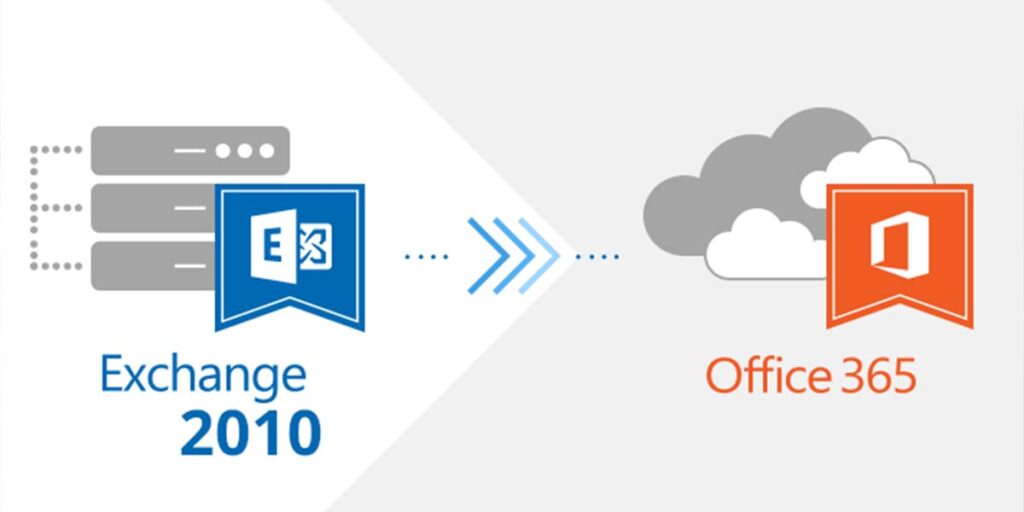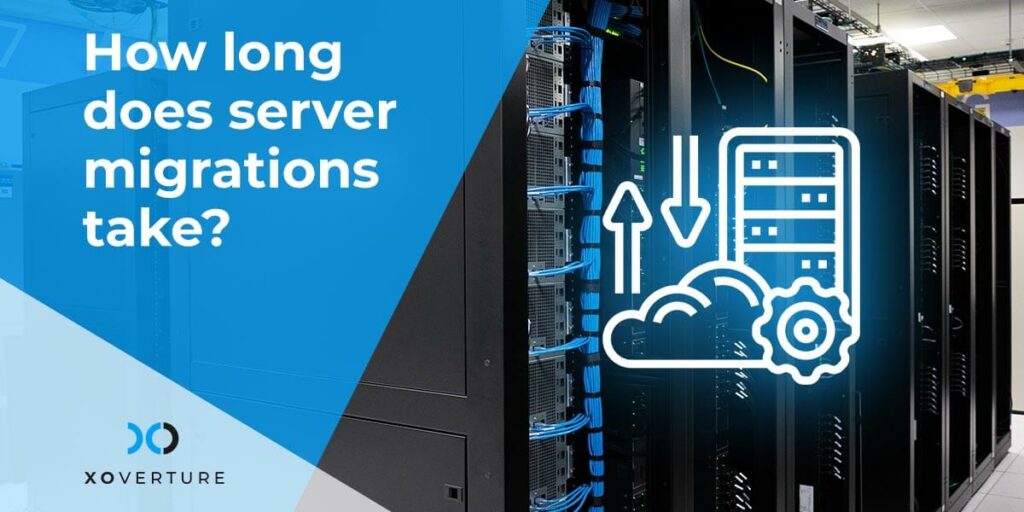Value of Office 365
The reasons to transition to Office 365 are plentiful. It offers global access to Office programs and remote storage of all work products. It is also strong on the collaborative front as Exchange, Lync, Sharepoint, and the social application Yammer have all been brought into its fold.
Organizations of all sizes can benefit from it, but for the small to medium-sized business (SMB), it provides enterprise-level resources that in the past would have been too costly to purchase and maintain. Furthermore, companies are under no obligation to pay for all available Office 365 services. The licensing structure of the platform allows organizations to use only what they need and then scale in line with their growth.
Difficulties of Office 365 Transition
However, the flexible structure of the platform, despite giving organizations fine-grained control over how they decide to integrate it, is also a source of difficulty. Microsoft has reported that one out of every four of its enterprise customers currently uses Office 365, but these numbers could be greater if organizations had more guidance on migrating to the platform.
It has been reported that 90% of Office 365 customers have 50 employees or less, and this is due to the fact that that platform has become many small businesses’ first venture into enterprise IT services. The situation is very different for mid-sized to large businesses, which are adopting Office 365 but likely to use it in a hybrid capacity, with locally installed Office applications still in service.
The transition to Office 365 can be difficult from both the technical standpoint and in terms of licensing. Businesses must decide how to export data into the system and which licensing options are most appropriate to their needs and resources.
How We Can Help
Fortunately, XO IT has experience in moving office productivity infrastructure over to Office 365. We are able to assist in the migration of data and navigate all of the configuration and licensing complexities in order to make the transition as painless as possible for your business.




